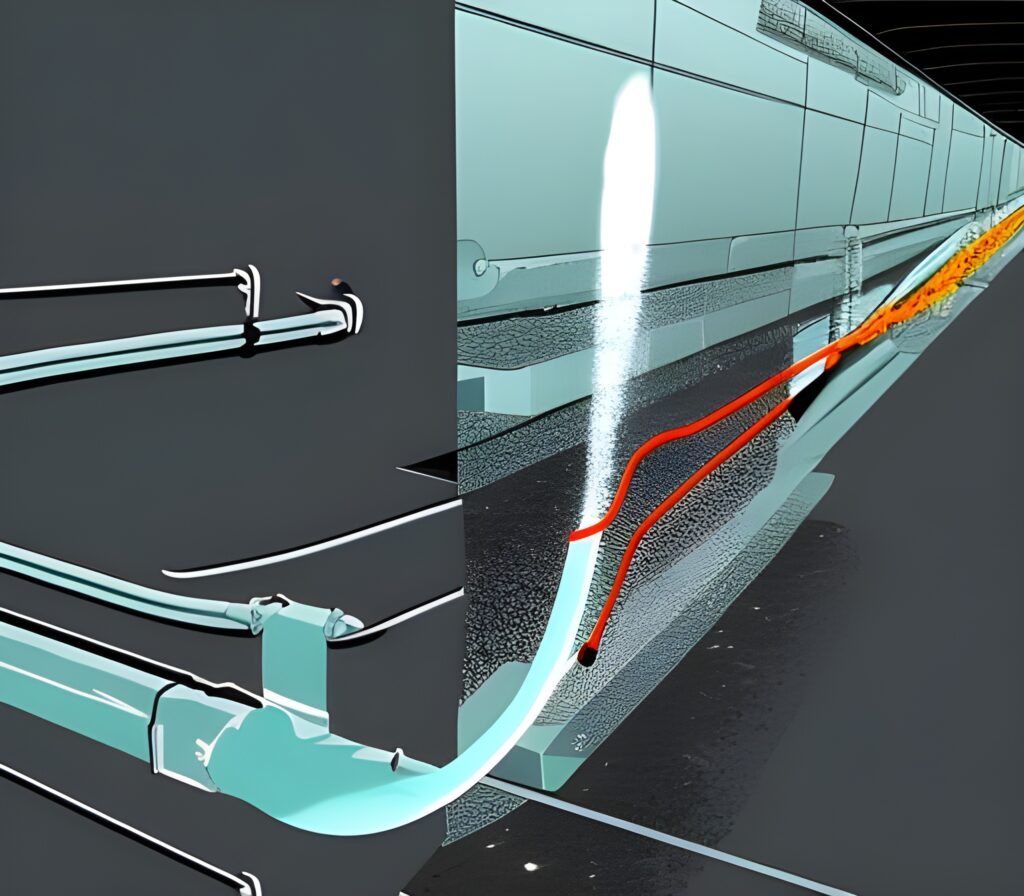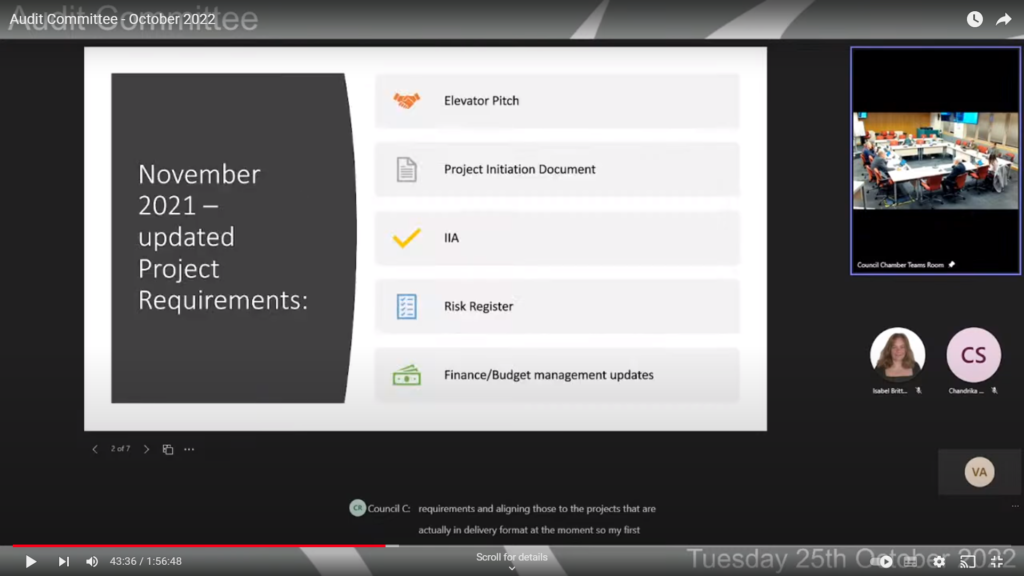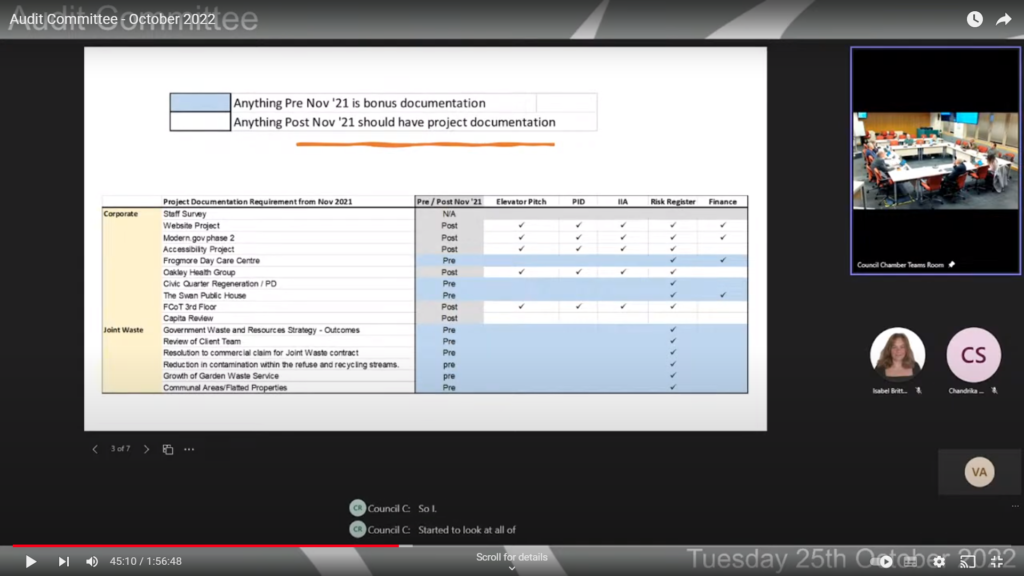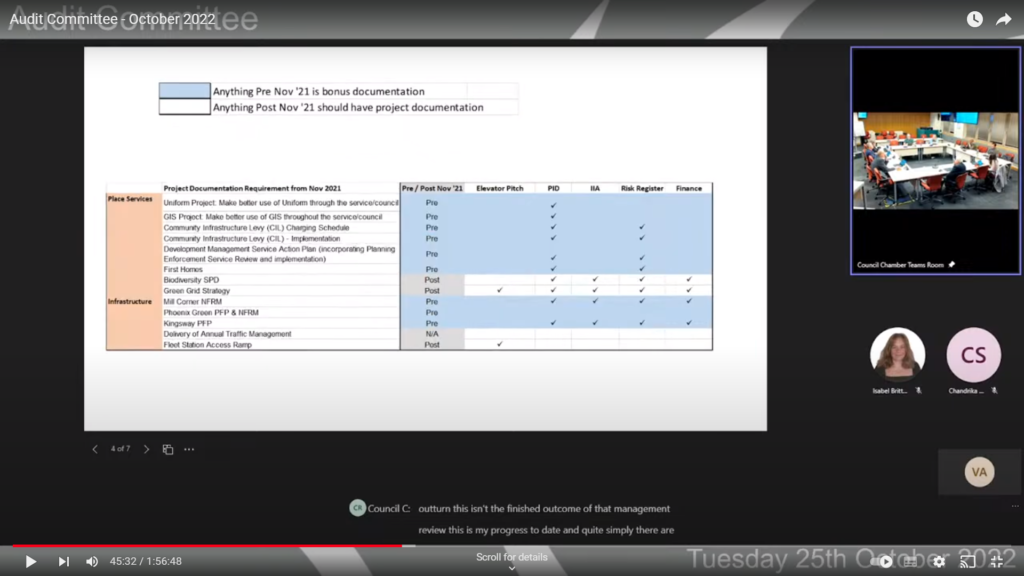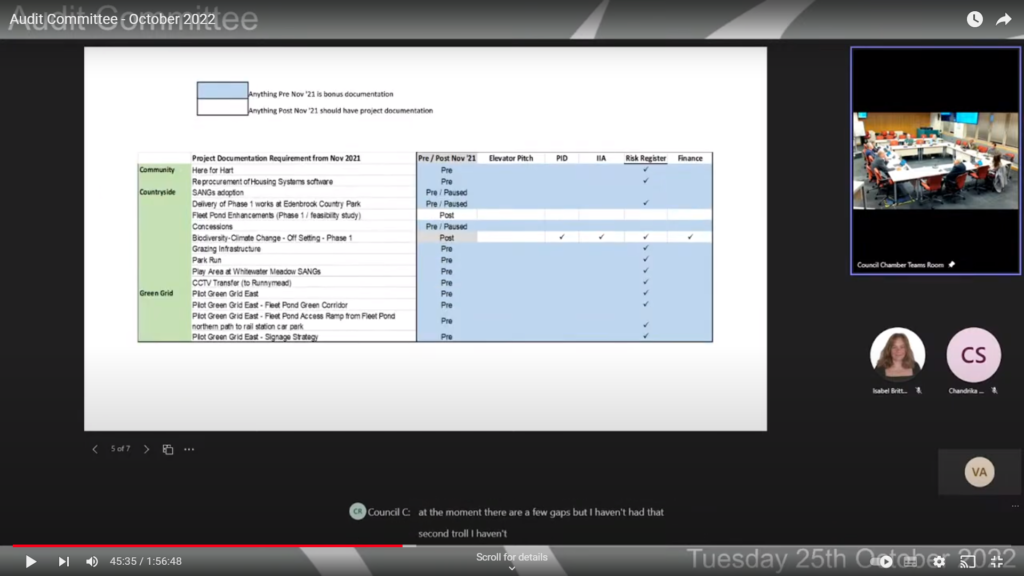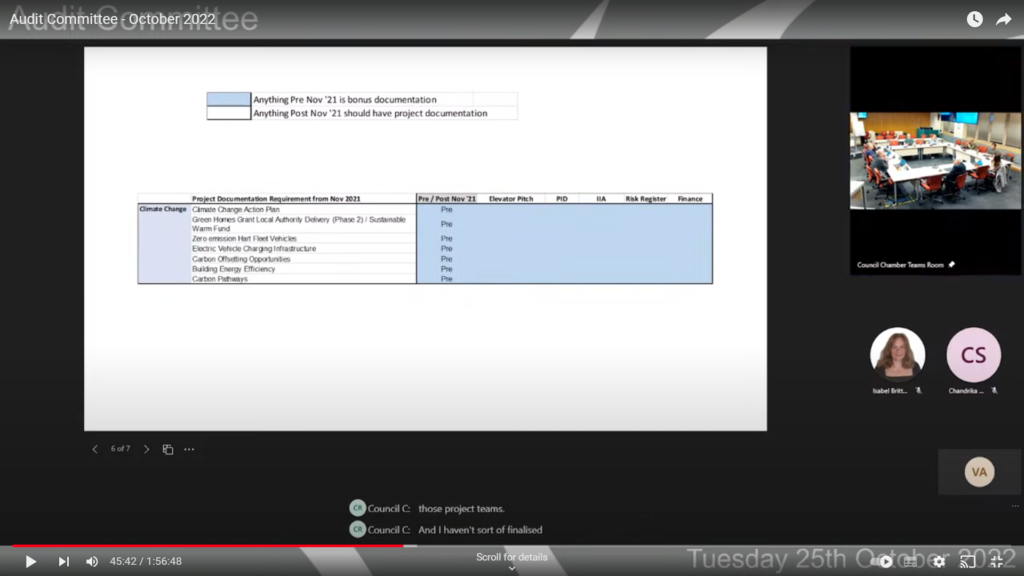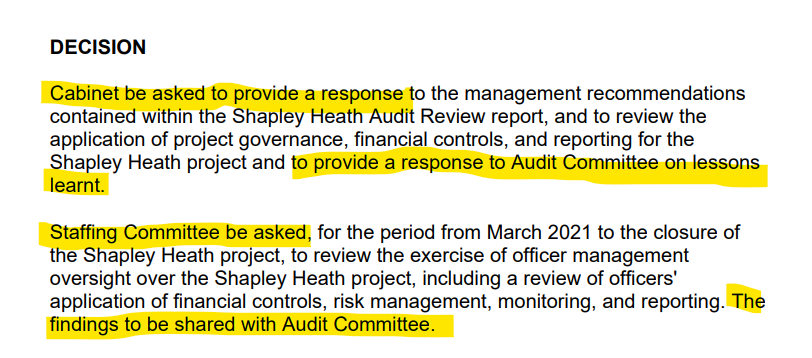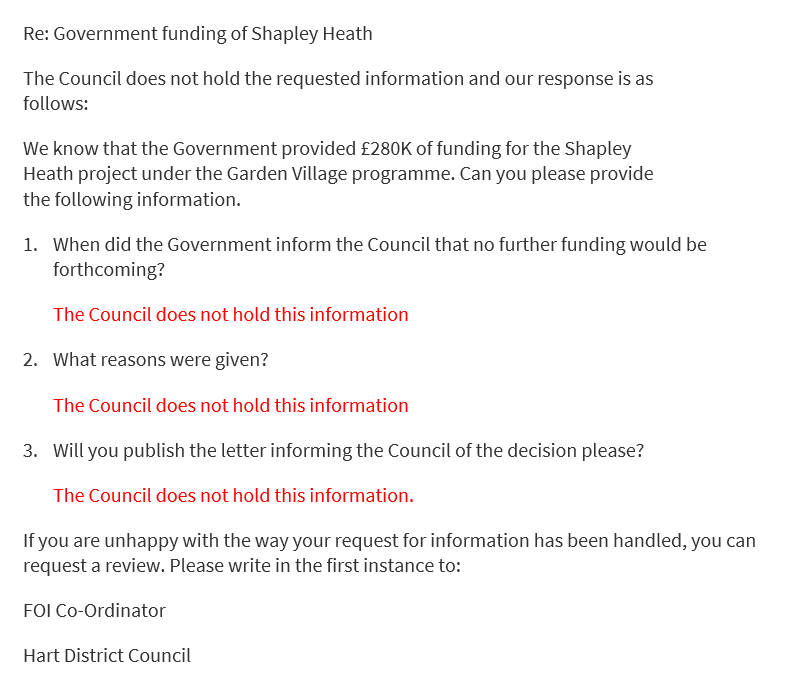As part of their efforts to achieve Net Zero and improve energy security, the Government is pushing ahead with its Hydrogen Strategy. They are splurging £240m on lots of projects to produce, store and use “clean” hydrogen in the hope of creating a new market. Jon Butterworth, chief executive of National Gas has said that plans are being drawn up for hydrogen to be between 2 and 5% of the gas in the transmission network by 2025. Moreover, the National Grid ESO has put considerable emphasis on hydrogen in all of the Future Energy Scenarios to deliver the Net Zero target by 2050.
Hydrogen Safety Concerns
A high pressure gas pipeline passes through Hart and presumably forms part of the plans. However, hydrogen is a highly combustible gas and because its molecules are very small, it can diffuse through many materials. Valves and joints that maybe gas tight for methane (natural gas) may not be gas-tight for hydrogen. To illustrate this, a recent report from Arup for BEIS, as part of the Hy4Heat project recommended that “rooms with gas appliances or substantial pipework installed should have non-closable vents with equivalent area of 10,000 mm2”, or 10cm by 10cm. It seems rather odd to encourage everyone to invest heavily in home insulation and then force them to carve a 4-inch square hole in every room where there’s a hydrogen appliance like a hob, fire or boiler to let lots of heat out.
Hydrogen Embrittlement
Further safety concerns surround a phenomenon known as “hydrogen embrittlement”. This is where tiny hydrogen molecules diffuse between grains of metals such as steel and act as stress concentrators and eventually cause the metal to fracture. This is an issue of significant concern and at least two projects are underway to test the impact of hydrogen being passed through the existing gas transmission network. The Future Grid project being run by National Gas is looking at a number of safety issues surrounding putting hydrogen in the national transmission network including embrittlement and leak testing. SGN is running a similar project called LTS Futures looking at the local transmission system. Future Grid is not due to complete fatigue testing until October 2024 and the LTS project is due to complete in 2025.
The real concern is that John Butterworth, has committed to hydrogen being 2-5% of gas supply by 2025. He has made this commitment before the safety testing projects have completed. In effect, he is putting pressure on those projects to give the answer he wants, rather than an objective assessment of the safety risks.
What’s the Point of Hydrogen Anyway
The Government is pushing the benefits of “clean” hydrogen. However, the supposed benefits are somewhat suspect, as covered in this substack:
- Hydrogen is not a primary energy source, so it is always going to be more expensive and inefficient to use hydrogen than the primary energy source it is made from.
- The environmental credentials of hydrogen are under question. Studies show “blue hydrogen” emits only 9-12% less greenhouse gases than grey hydrogen produced directly from methane with no carbine capture.
- Green hydrogen, from electrolysis may not be all that green either. An Australian scientist has found that greenhouse gas emissions produced from making hydrogen from solar power are similar to those of grey hydrogen in real world conditions because of intermittency. Similar concerns presumably apply to hydrogen produced from wind power.
Elected Representatives Actions for Hydrogen in Hart Gas Pipelines
We would therefore like to know what steps our elected representatives are taking to satisfy themselves that putting hydrogen in our gas supply is safe and effective. It would be preferable if they commission some sort of independent report. They should not rely on reports that might be tainted by the desires of the CEO of National Gas.
